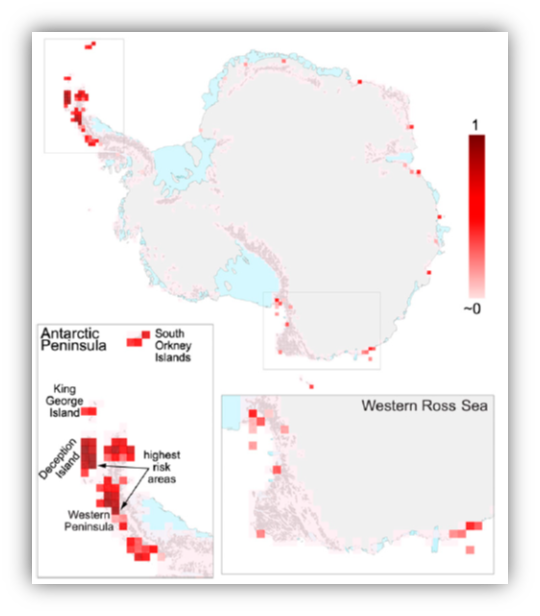Identifying invasive cacti by the size of their seeds
C·I·B researchers Ana Novoa (C·I·B Post-doc) and Dave Richardson (C·I·B Director) together with colleagues from the University of Vigo, in Spain, identified that the seeds of cactus plants can be used as an effective way of detecting invasive cacti.



